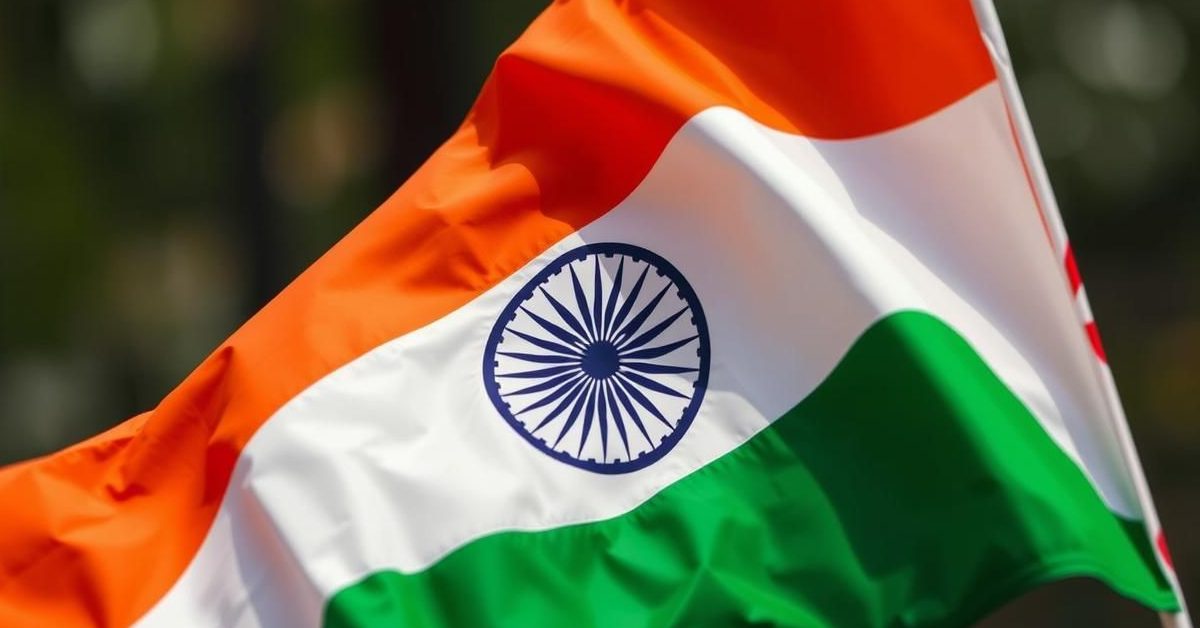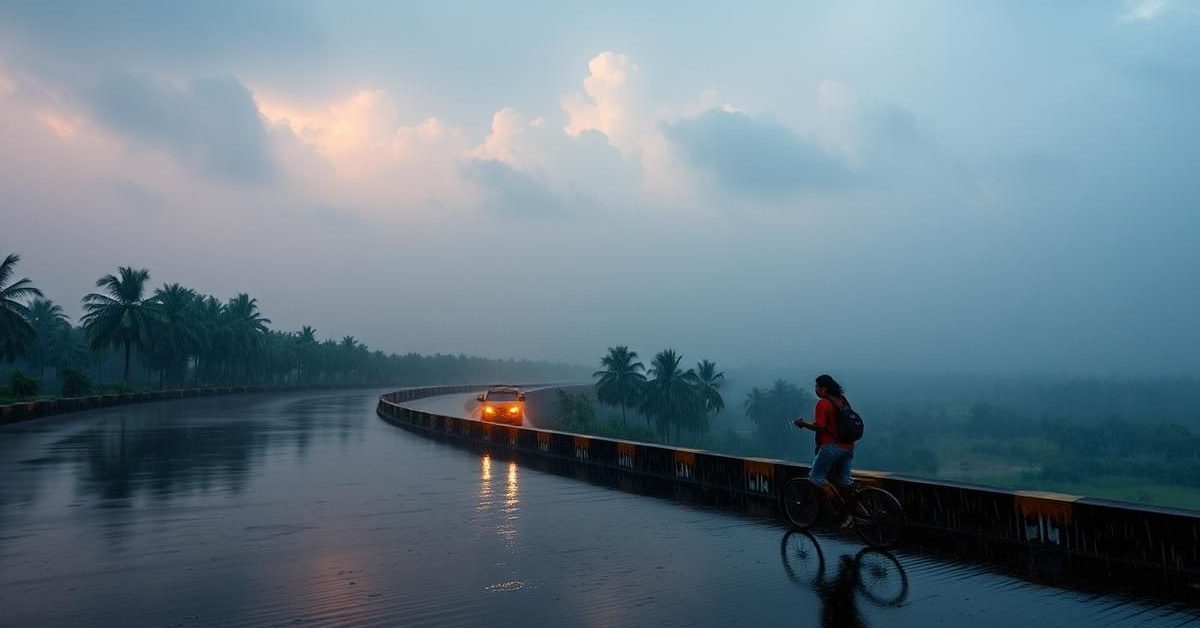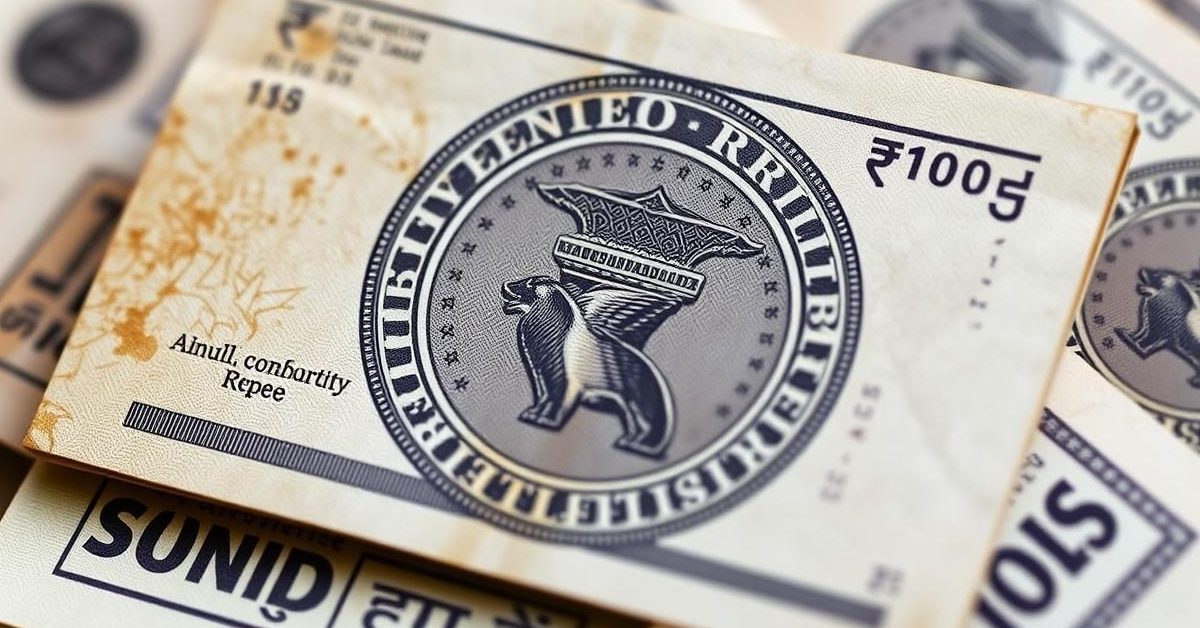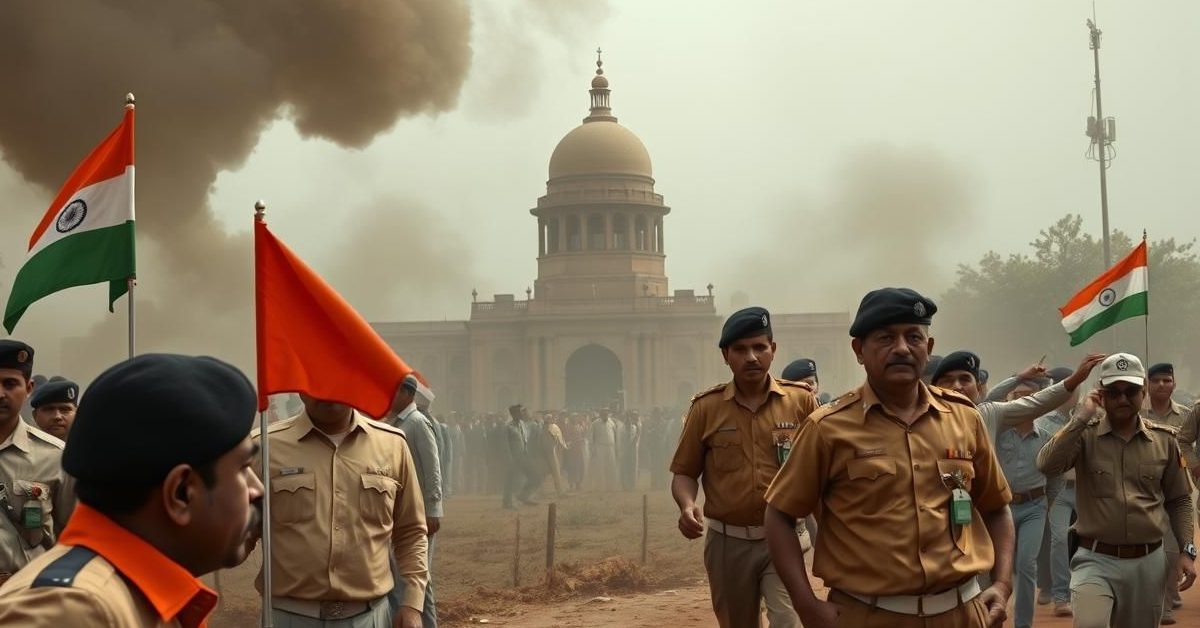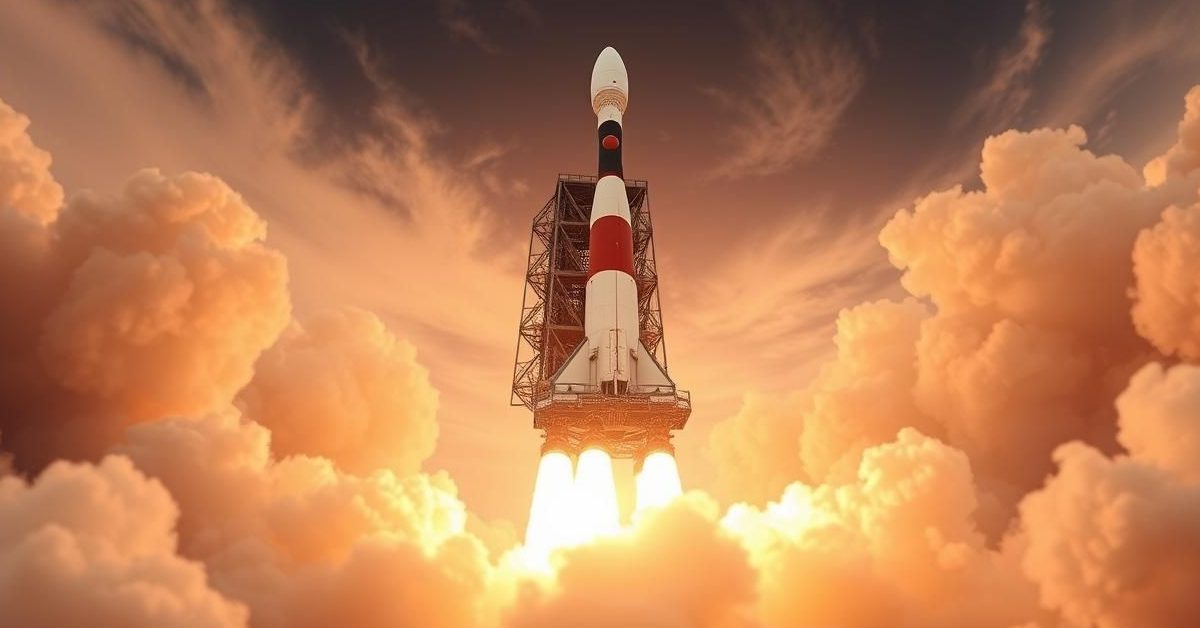The Milestone Moment: India’s Leap in the Sustainable Development Index 2025
A significant stride has been announced, capturing global attention, especially for those tracking international development and aiming for the prestigious UPSC examinations. For the very first time, **India** has broken into the coveted top 100 on the **Sustainable Development Index (SDI)**, securing the 99th position with a score of 67. This landmark achievement is detailed in the **Sustainable Development Report (SDR) 2025**, a pivotal annual publication by the **UN Sustainable Development Solutions Network (UN SDSN)**.
This report serves as a crucial barometer, assessing the global community’s collective advancements toward achieving the ambitious **Sustainable Development Goals (SDGs)**. Adopted by 193 **United Nations** member states, these goals represent a universal call to action to end poverty, protect the planet, and ensure that all people enjoy peace and prosperity by 2030. The SDR 2025 meticulously reviews progress across 167 of these nations, offering a comprehensive snapshot of humanity’s shared journey.
A Decade of SDGs: Reflecting on Progress and Pledges
This year marks a crucial juncture: the 10th anniversary of the adoption of the SDGs. This milestone edition of the **SDR** focuses specifically on “Financing the SDGs by 2030 and Mid-Century,” underscoring the immense financial commitments required to transform these global aspirations into tangible realities. The report emphasizes that without adequate funding mechanisms, the targets will remain largely out of reach, threatening the future well-being of billions.
The Sobering Reality: Are We on Track for 2030?
Despite the individual triumphs, the overarching narrative presented by the **2025 SDR** is undeniably sobering. A stark finding reveals that **none of the 17 Global Goals are currently on track to be fully achieved by the target year of 2030**. Worryingly, only a mere 17 percent of the individual **SDG** targets are progressing as originally envisioned.
This disheartening pace is largely attributed to a confluence of persistent global challenges. Ongoing **conflicts**, deeply entrenched **structural vulnerabilities** within various nations, and severely **limited fiscal space** are collectively impeding **SDG** progress across many regions of the world. These interconnected crises demand urgent, coordinated global responses.
Innovations in Measurement: The Streamlined SDG Index
To enhance the precision and comparability of data, the **SDR 2025** introduces an important methodological innovation. For the first time, a **streamlined SDG Index (SDGi)** has been implemented. This new framework utilizes 17 headline indicators—one for each **SDG**—to track overall progress more efficiently.
The primary objective behind this streamlining is to minimize statistical biases that often arise from missing time series data across diverse countries. This refined approach aims to provide a more accurate and equitable assessment of national performance. Furthermore, under **SDG 2 (Zero Hunger)**, a vital new indicator, “Minimum dietary diversity among children aged 6 months to 23 months,” has been incorporated, providing deeper insights into crucial aspects of food security and child nutrition.
Goals Grappling with Crisis: The Off-Track Imperatives
The report meticulously identifies several **SDGs** that are particularly far off track, presenting formidable challenges on a global scale. These critical areas show either no progress or very limited advancement since their inception in 2015.
The **SDR** specifically highlights:
* **SDG 2 (Zero Hunger):** The persistent struggle to end hunger and achieve food security globally remains a major hurdle.
* **SDG 11 (Sustainable Cities and Communities):** Efforts to make human settlements inclusive, safe, resilient, and sustainable are lagging.
* **SDG 14 (Life Below Water):** Protecting and sustainably using the oceans, seas, and marine resources for sustainable development is severely challenged.
* **SDG 15 (Life on Land):** The urgent need to protect, restore, and promote sustainable use of terrestrial ecosystems, sustainably manage forests, combat desertification, and halt biodiversity loss is not being met.
* **SDG 16 (Peace, Justice and Strong Institutions):** Promoting peaceful and inclusive societies for sustainable development, providing access to justice for all, and building effective, accountable, and inclusive institutions at all levels continues to be a formidable task.
These “red flag” goals underscore areas requiring immediate and concentrated global effort, investment, and policy reform.
Decoding the SDG Score: A Path to Optimal Performance
The **SDG Index score** is presented on a scale ranging from 0 to 100. This score can be intuitively understood as a percentage reflecting a country’s proximity to optimal performance across all **SDGs**. A score of 100 would signify complete achievement of all goals.
Consequently, the difference between a perfect score of 100 and a country’s actual **SDG Index** indicates the remaining distance that must be covered to reach that ideal performance. This metric provides a clear, quantitative measure of the journey ahead for each nation.
Global Leaders and Regional Realities: India’s Position in the World
Globally, **Finland** once again asserts its leadership, securing the top rank in the **SDR 2025** with an impressive score of 87. It’s a striking pattern: **19 of the top 20 countries** in this year’s index are located in **Europe**, highlighting the consistent performance and integrated policy approaches toward sustainable development within the region. Other top performers include **Sweden, Denmark, Germany, and France**, all demonstrating robust commitment and progress.
For **India**, achieving the 99th rank with a score of 67 is a significant moment, marking its entry into the top 100 for the very first time. This reflects a consistent upward trajectory over the past four years, moving from 120th in 2021, 121st in 2022, 112th in 2023, and 109th in 2024. This steady improvement underscores focused national efforts and policy initiatives.
However, a closer look at regional comparisons reveals that **India** still lags behind several of its immediate neighbors in South Asia. **Bhutan** stands at 74th with a score of 70.5, while **Nepal** ranks 85th (68.6). The island nation of the **Maldives** performs exceptionally well at 53rd. **Sri Lanka** is positioned at 93rd, just ahead of India. Meanwhile, **Bangladesh** and **Pakistan** remain further behind, at 114th and 140th respectively, indicating varying levels of progress within the region.
Understanding Sustainable Development: A Core Concept
At its heart, sustainable development is elegantly defined by the **United Nations** as “development that meets the needs of the present without compromising the ability of future generations to meet their own needs.” This fundamental principle emphasizes intergenerational equity and resource stewardship.
The current **SDGs** are a direct evolution, building upon the foundational **Millennium Development Goals (MDGs)**, which were established in 2000 with a target completion date of 2015. The shift from **MDGs** to **SDGs** in **Agenda 2030** broadened the scope to include environmental sustainability and peace, recognizing the interconnectedness of global challenges. The **2030 Agenda for Sustainable Development**, universally adopted by the UN, outlines the 17 integrated and indivisible **SDGs** that are meant to be achieved by the year 2030.
India’s Domestic Drive: NITI Aayog’s SDG Index for States
Domestically, **India’s** commitment to the **SDGs** is mirrored by the comprehensive **NITI Aayog-SDG Index**. Launched in December 2018, this vital tool evaluates the progress of Indian states and Union Territories (**UTs**) across a multitude of parameters. These include critical areas such as health, education, gender equality, economic growth, institutional strength, climate change mitigation, and environmental protection.
The **NITI Aayog SDG India Index** uses a similar 0-100 scoring system. States and **UTs** are categorized based on their performance: “aspirant” (0–49), “performer” (50–64), “front-runner” (65–99), and “achiever” (100). For the 2023-24 period, **India’s** overall domestic score stood at 71, with states like **Kerala** consistently topping the index and **Bihar** often facing the most significant challenges. This internal index serves as a powerful mechanism for fostering cooperative federalism and driving localized **SDG** implementation.
Beyond the Nugget: The UN Summit of the Future
The discussions around sustainable development extend beyond mere metrics to the broader architecture of global governance. The **UN Summit of the Future (SoTF)**, held in **New York** in September 2024, stands as a testament to this commitment. During this pivotal gathering, **UN** member states emphatically reaffirmed their dedication to both the **SDGs** and the concept of effective multilateralism.
Crucially, the Summit saw the adoption by consensus of three transformative documents: the **Pact for the Future**, the **Global Digital Compact**, and the **Declaration on Future Generations**. These agreements collectively aim to reshape global cooperation for the decades to come. As **UN Secretary-General António Guterres** eloquently put it, “UN can’t build a future for our grandchildren with the institutions of our grandparents,” highlighting the urgent need for institutional reform.
The **SoTF**, themed “multilateral solutions for a better tomorrow,” unfolded just before the **United Nations General Assembly (UNGA)**. Touted by Secretary-General Guterres as a “once-in-a-generation UN Summit,” it assumed profound significance as the **UN** entered its 80th year of establishment.
An additional dimension explored by the **SDR** is the **2025 Index of Countries’ Support to UN-Based Multilateralism (UN-Mi)**. This index specifically tracks how much countries support the **UN** as the primary forum for global problem-solving, without considering efforts made in regional, bilateral, or other multilateral groupings like **BRICS, G20, G7**, or **OECD**. In this particular index, **Barbados** ranked first with a score of 92, followed by **Jamaica**, while **India** was positioned at 113th with a score of 63.8.
The **Pact for the Future**, a key outcome of the Summit, outlines 56 specific actions. These actions are broadly categorized, focusing on accelerating **SDG implementation**, bolstering **peace and collective security**, and crucially, transforming the multilateral system itself, including a much-needed reform of the international financial architecture. This comprehensive approach underscores the interconnectedness of peace, prosperity, and sustainable development.
Post Read Questions
(1) Consider the following statements: (UPSC CSE 2016)
1. The Sustainable Development Goals were first proposed in 1972 by a global think tank called the ‘Club of Rome’.
2. The Sustainable Development Goals have to be achieved by 2030.
Which of the statements given above is/are correct?
(a) 1 only
(b) 2 only
(c) Both 1 and 2
(d) Neither 1 nor 2
(2) Sustainable development is described as the development that meets the needs of the present without compromising the ability of future generations to meet their own needs. In this perspective, inherently the concept of sustainable development is intertwined with which of the following concepts? (UPSC CSE 2010)
(a) Social justice and empowerment
(b) Inclusive Growth
(c) Globalization
(d) Carrying capacity
Answer Key:
1. (b)
2. (d)
